Signs of quality to look for in a 'married' leather sofa?
crouch
16 years ago
Related Stories
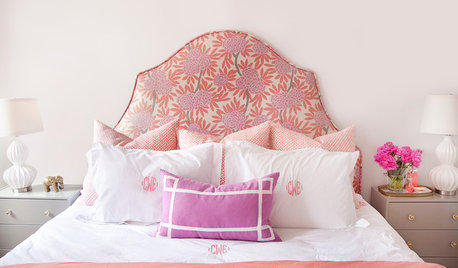
DECORATING GUIDESHow to Joyfully Marry His and Her Styles
Do you take this beaded lampshade (leather couch, pink tile) to have and to hold? Learn how to balance tastes for a perfect style union
Full Story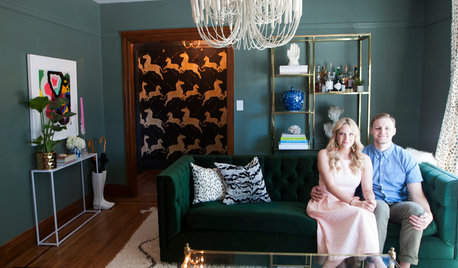
FURNITUREHolding Out for Quality
Cheap furniture has its place, but more shoppers are waiting to invest for the long haul
Full Story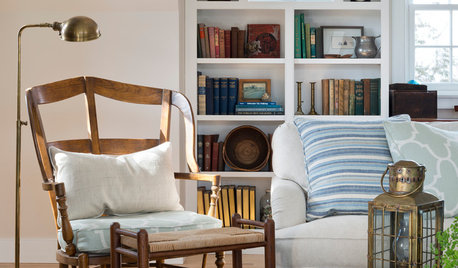
FURNITURESmart Shopper: How to Judge Antique Furniture Quality
Pick the treasures from the trash without expert experience by learning how to evaluate antiques and what questions to ask
Full Story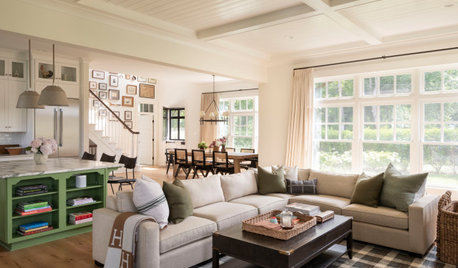
FURNITUREYour Essential Sofa Buying Guide
Here’s what to consider when looking for a quality sofa that will last
Full Story
FURNITUREHow to Buy a Quality Sofa That Will Last
Learn about foam versus feathers, seat depth, springs, fabric and more for a couch that will work for years to come
Full Story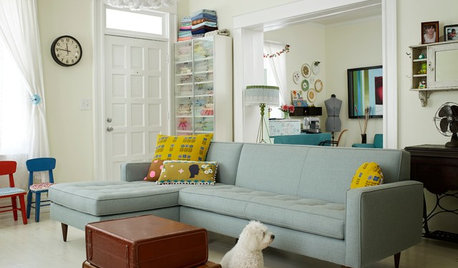
FURNITUREWhy It's OK to Hate Your New Custom Sofa
It takes time to get used to bold new furniture, but dry your tears — the shock can be good for you. Here's what to expect
Full Story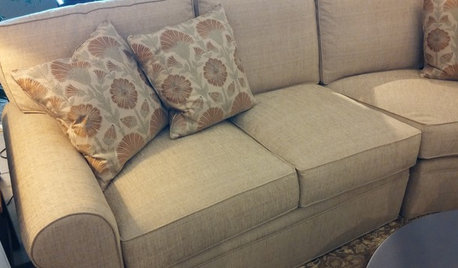
FURNITUREHow to Choose the Right Sofa Cushion
Shopping for a sofa? Here’s what to know about the basic cushion options — and the all-important test you must do for yourself
Full Story
FURNITURE12 Sofa Colors That Won't Box You In
With any of these colors as a base, you can change your decor as often as you change your mind
Full Story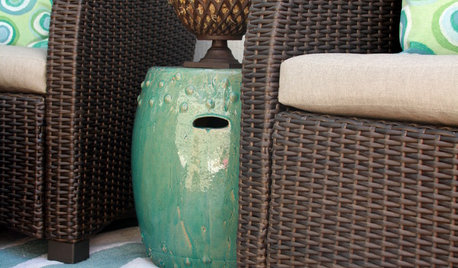
BUDGET DECORATING13 Versatile Furniture Pieces That Grow With You
Build a collection of high-quality pieces that will work from that first solo rental to a long-term home
Full Story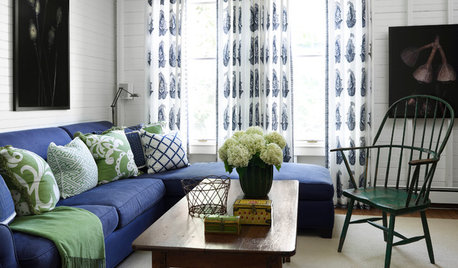
DECORATING GUIDESDare to Decorate With Colorful Upholstery
If a scarlet sofa or royal-blue recliner has your heart singing, here's help to make sure it hits the right notes
Full StoryMore Discussions








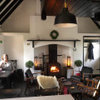

dcollie
crouchOriginal Author
Related Professionals
Surprise Furniture & Accessories · Carlsbad Carpenters · Enterprise Carpenters · Kuna Carpenters · Sudbury Carpenters · Valdosta Carpenters · Worcester Carpenters · Richardson Cabinets & Cabinetry · Universal City Cabinets & Cabinetry · Lynnfield Custom Closet Designers · Seattle Custom Closet Designers · St. Louis Custom Closet Designers · Madera Custom Closet Designers · Mount Vernon Interior Designers & Decorators · Charleston Interior Designers & Decoratorsdcollie